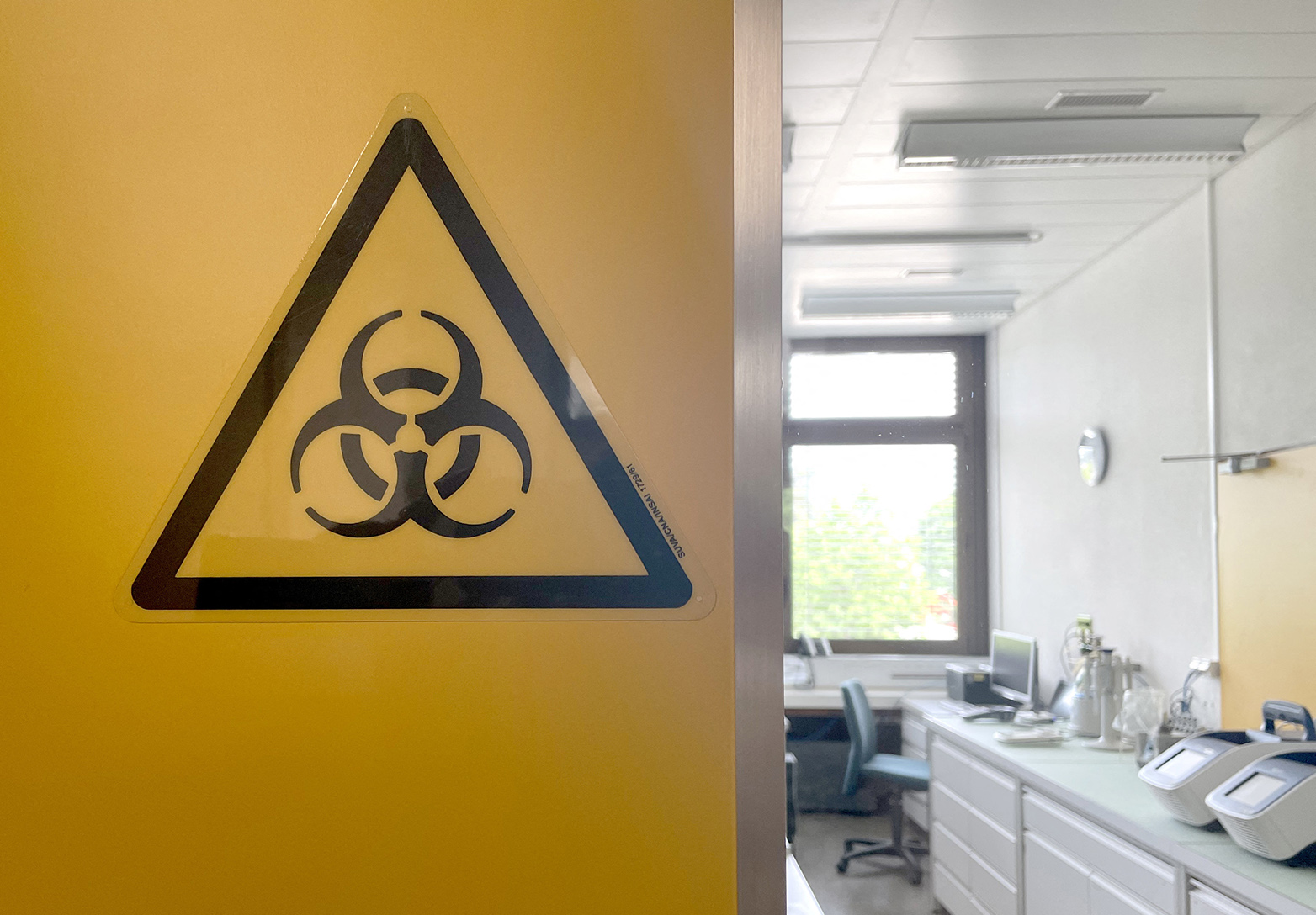The Biological Weapons Ban and Scientific Progress
Rapidly developing life sciences produce many exciting and useful innovations, for example in the fight against disease. However, with such powerful advancements also comes the possibility of military misuse. There is therefore an urgent need to strengthen the Biological Weapons Convention. The results of the Ninth Review Conference of this Convention may make this possible, argue Sophie Reiners and Oliver Thränert in this CSS Analysis.

The Biological Weapons Convention (BWC), which entered into force in 1975, bans an entire category of weapons of mass destruction. The BWC came into being at a time when the former Soviet Union would not allow on-site verification of compliance. Thus, while the BWC establishes an important international norm against biological weapons, its lack of effective verification measures renders it a rather weak treaty. This weakness is even more important today, as rapid advances in biological and life sciences could lead to the emergence of knowledge and capabilities that are easily capitalized on, or even misused, by militaries. Moreover, scientific disciplines such as biology and chemistry are increasingly merging. The Chemical Weapons Convention (CWC), which, unlike the BWC, has effective verification elements and a dedicated organization to enforce the ban on chemical weapons, has been in force since 1997. The fact that the BWC and the CWC are so different in terms of their verifiability could become a growing problem. This is why the recent decision of the Ninth Review Conference of the BWC, to develop, if possible by 2025, measures that will contribute to the effective strengthening of the BWC in all its aspects, is so welcome.